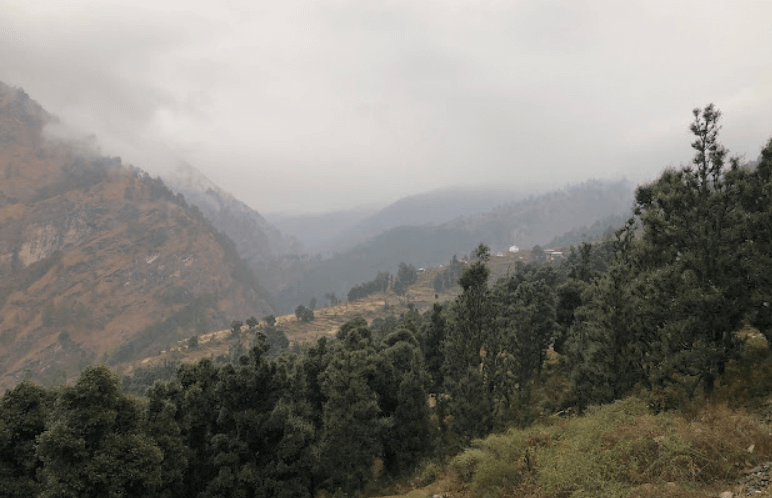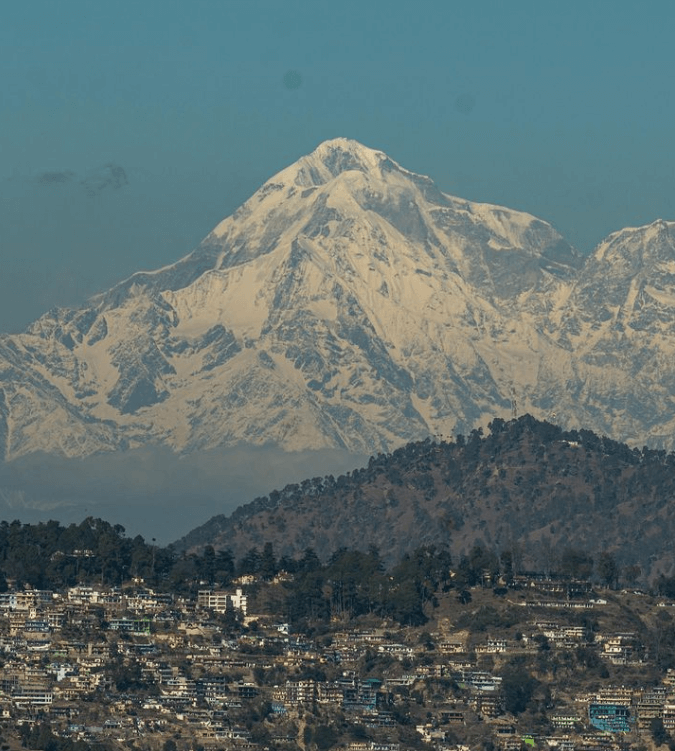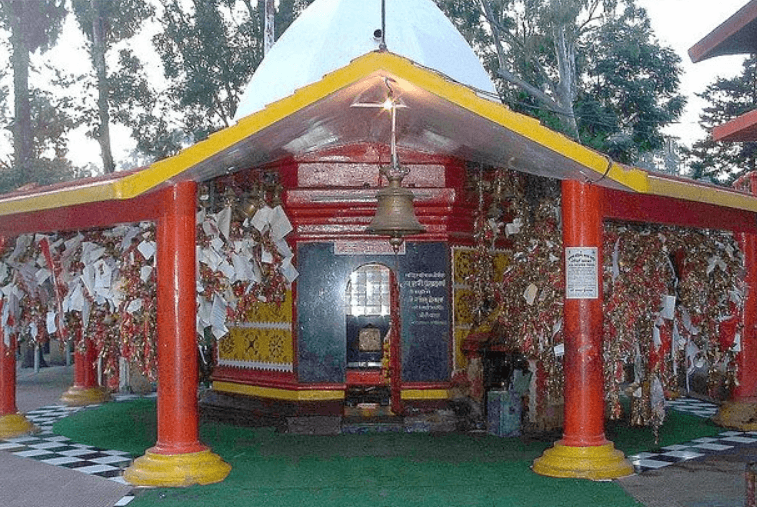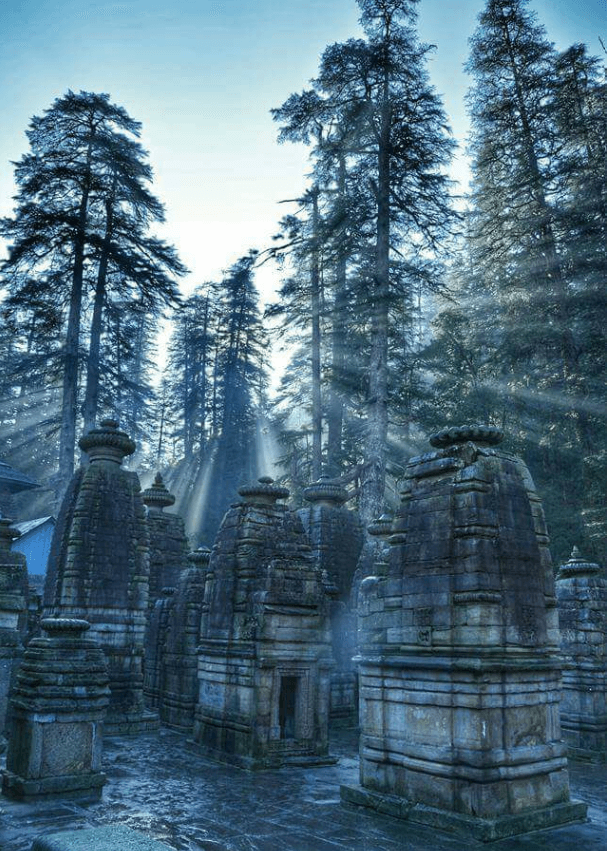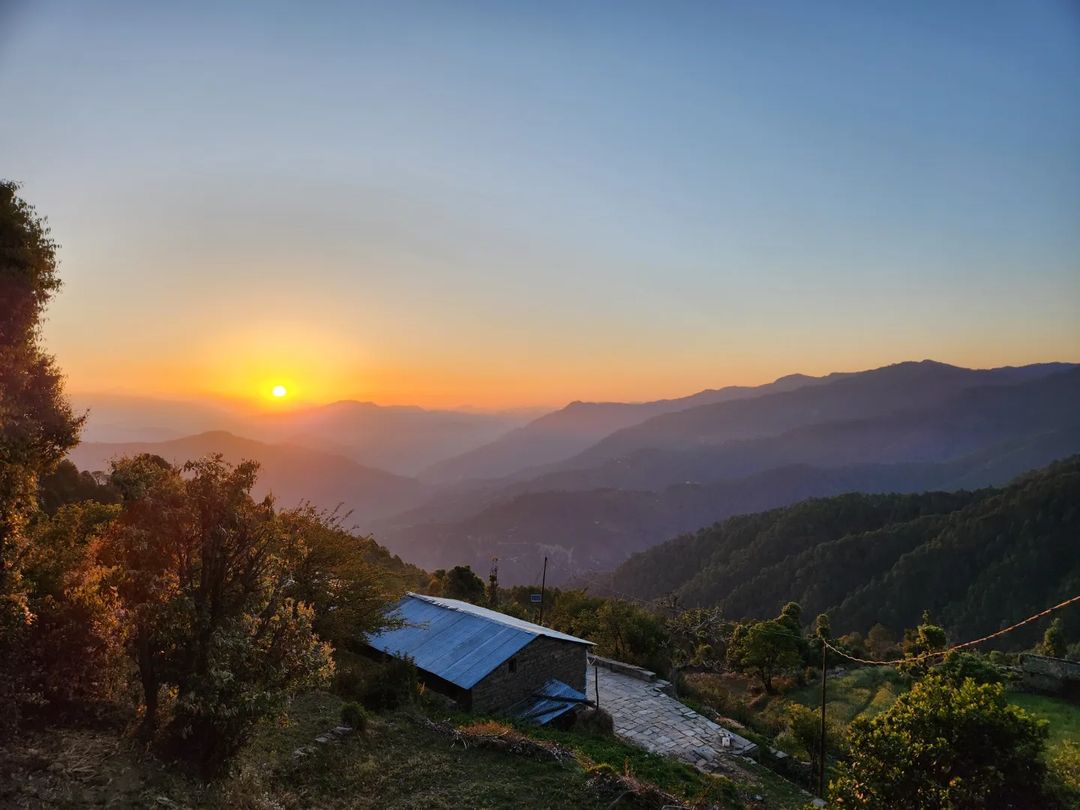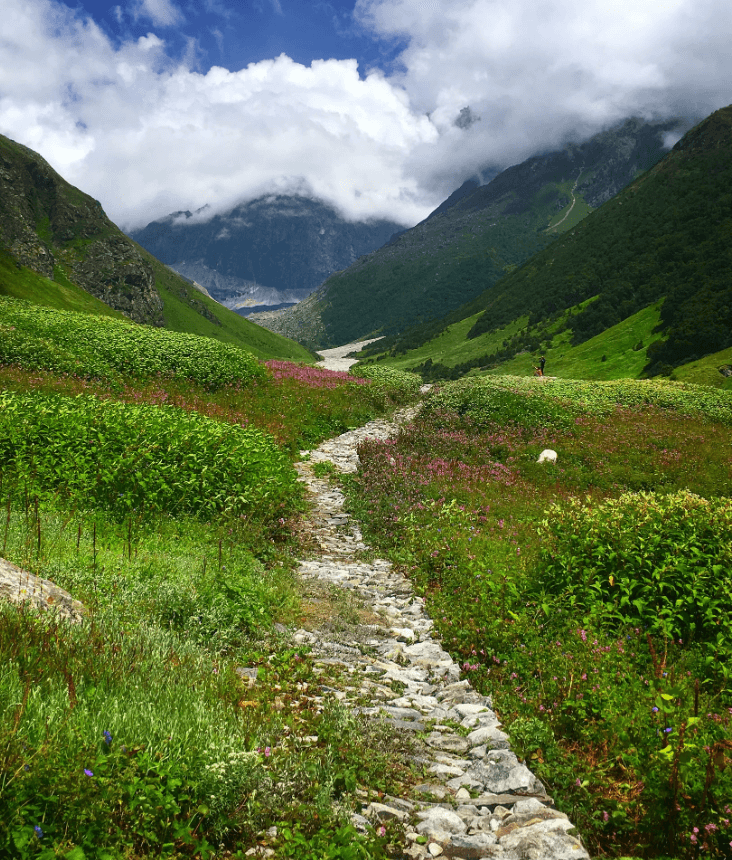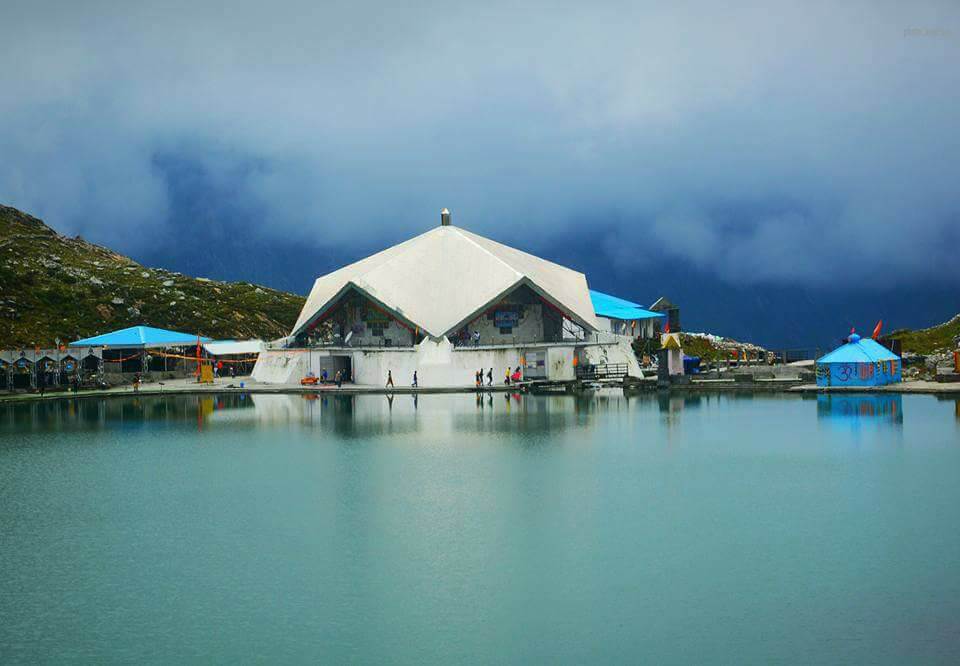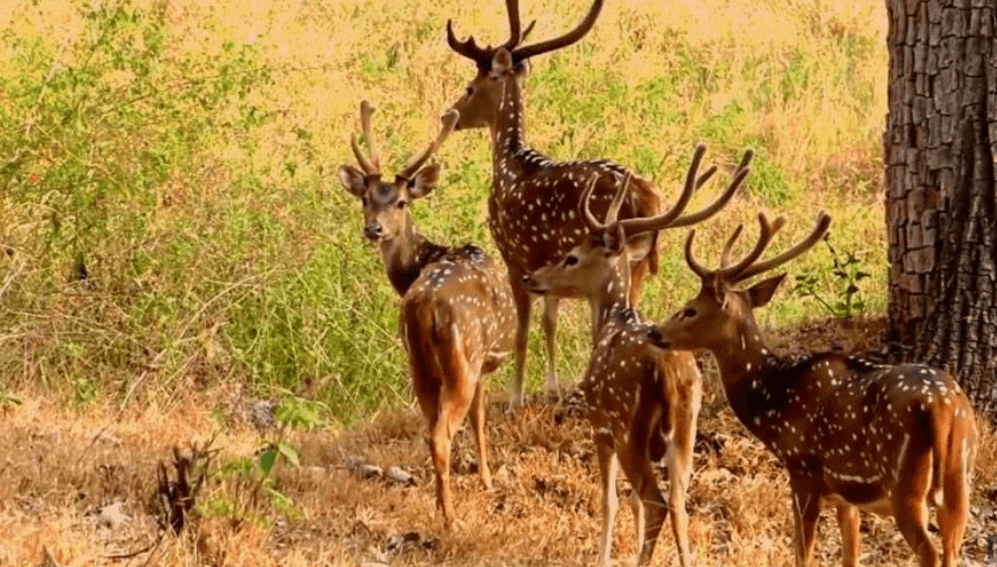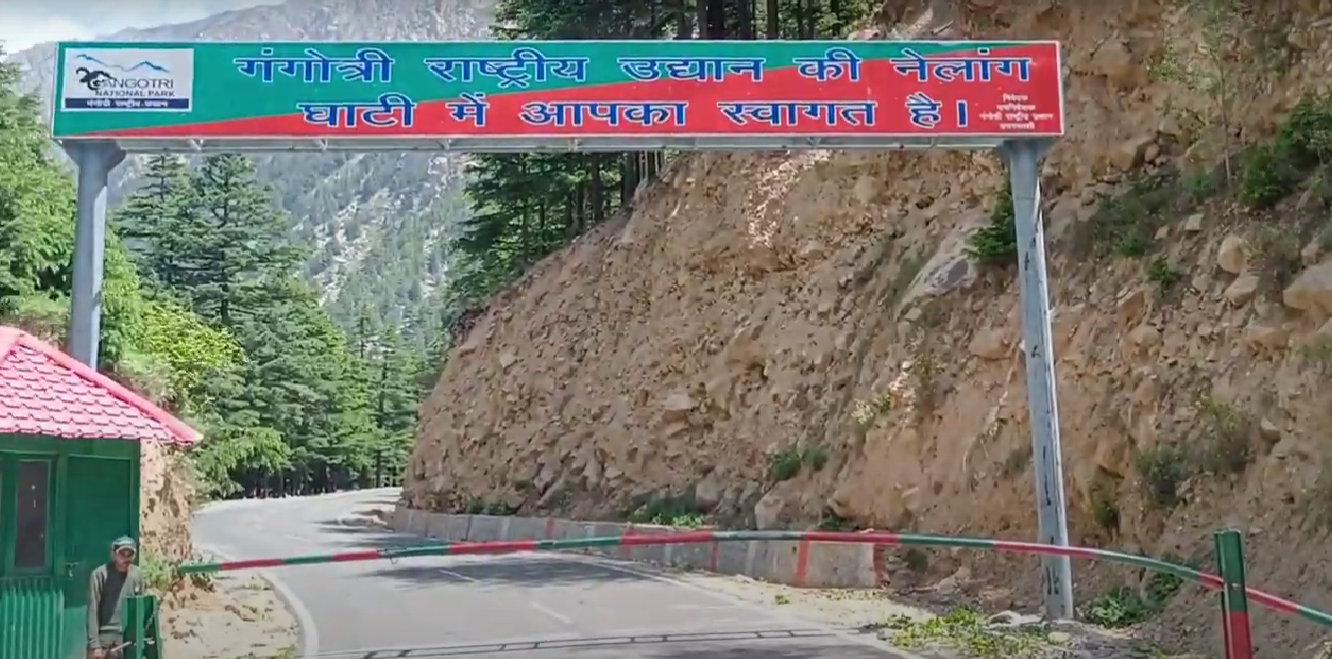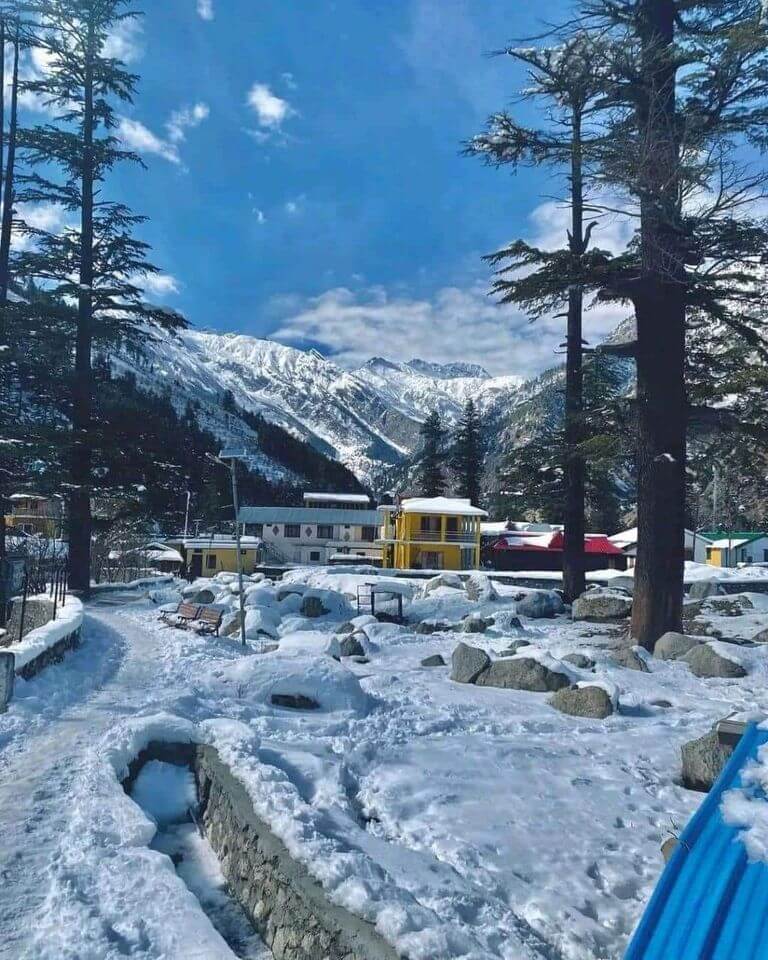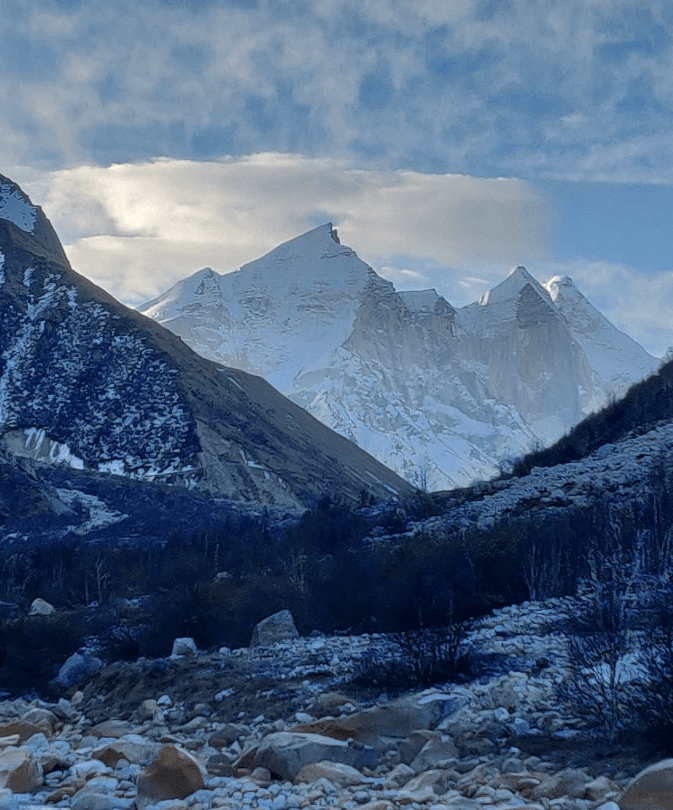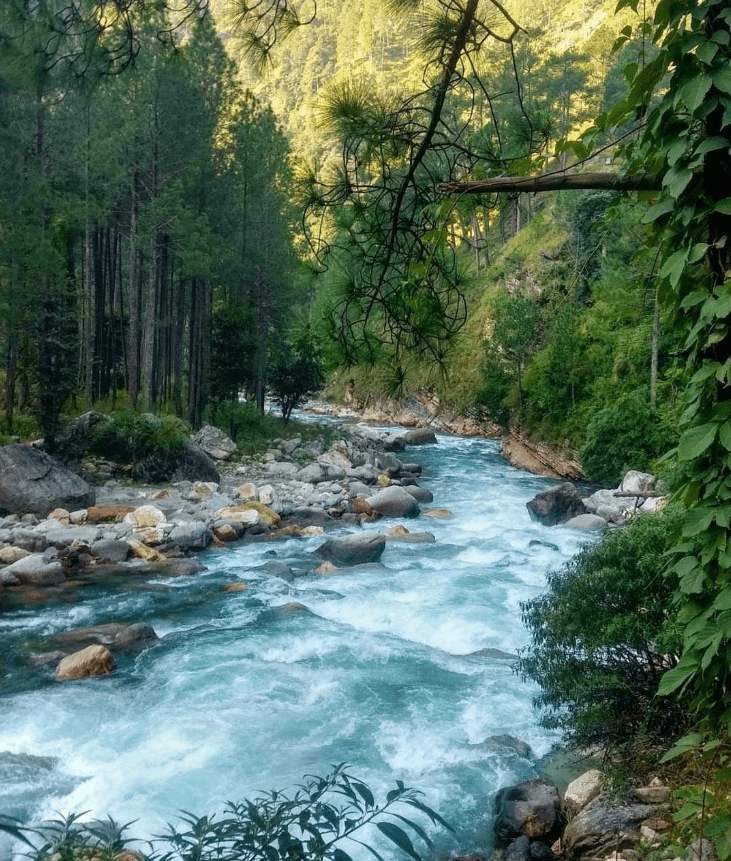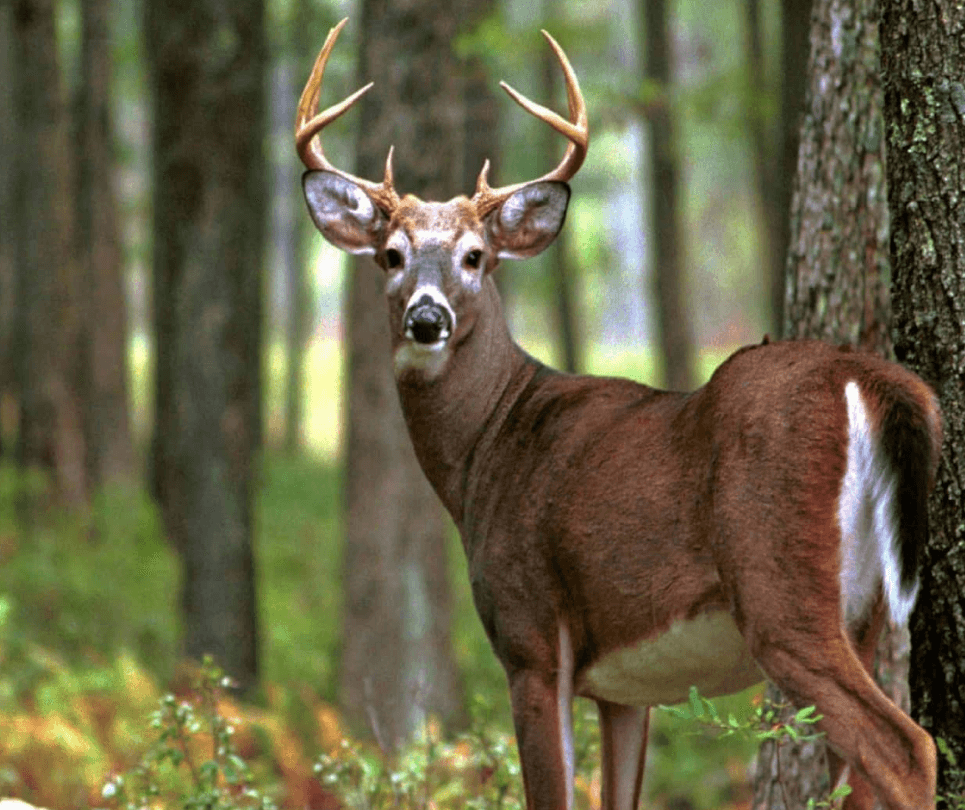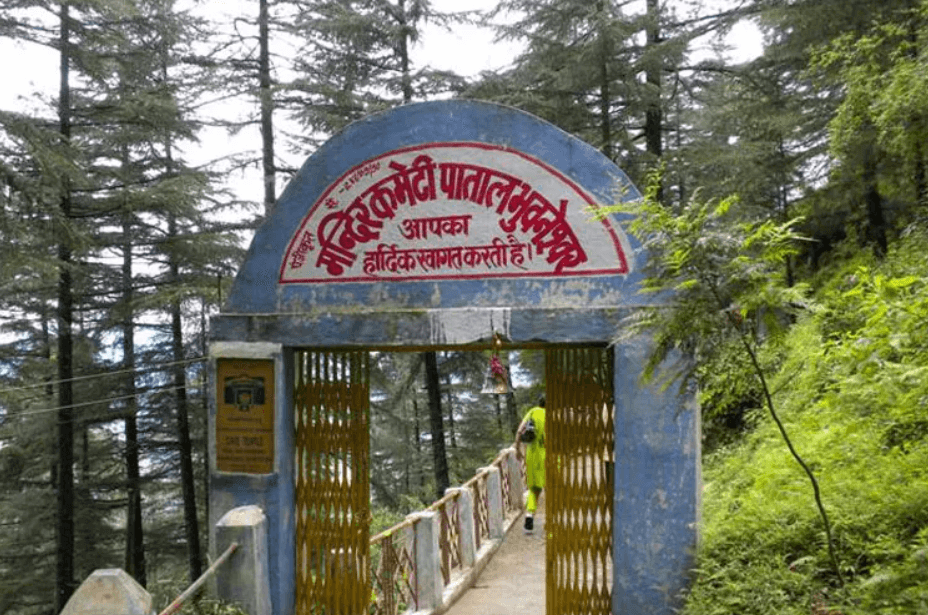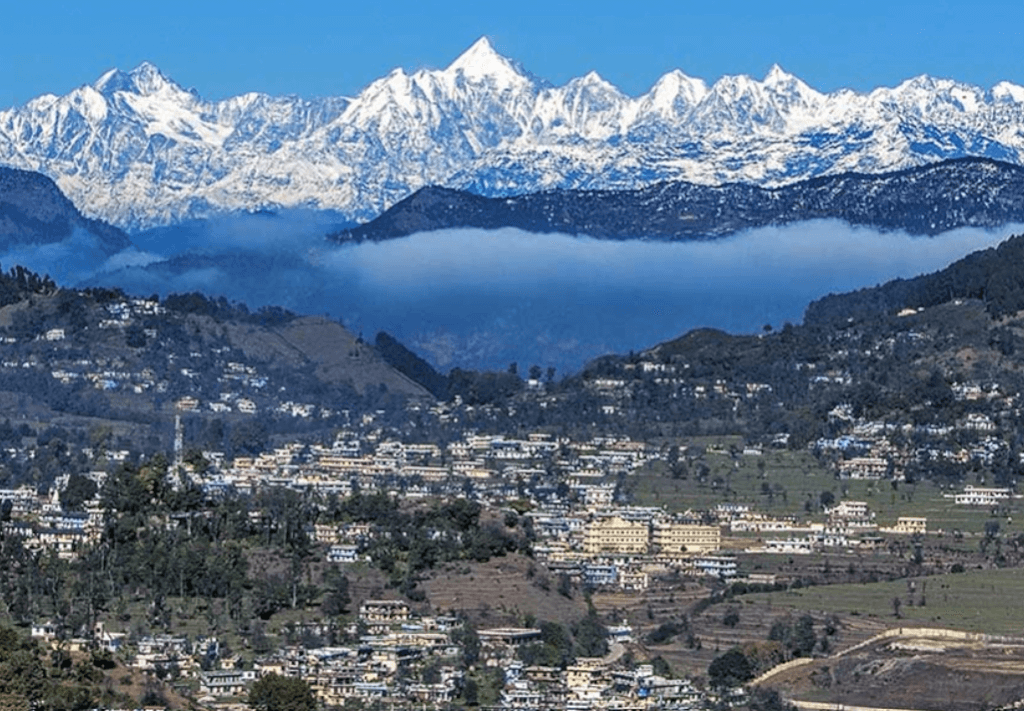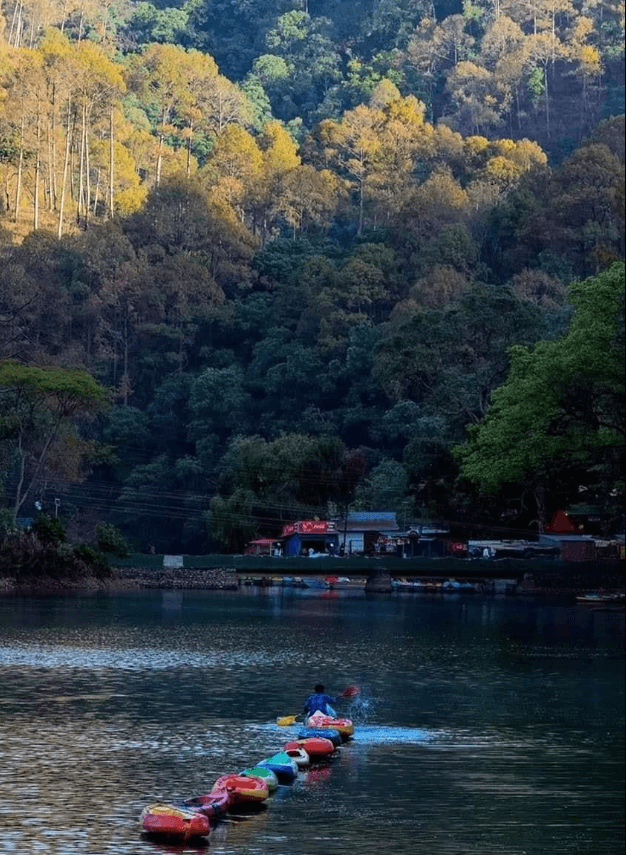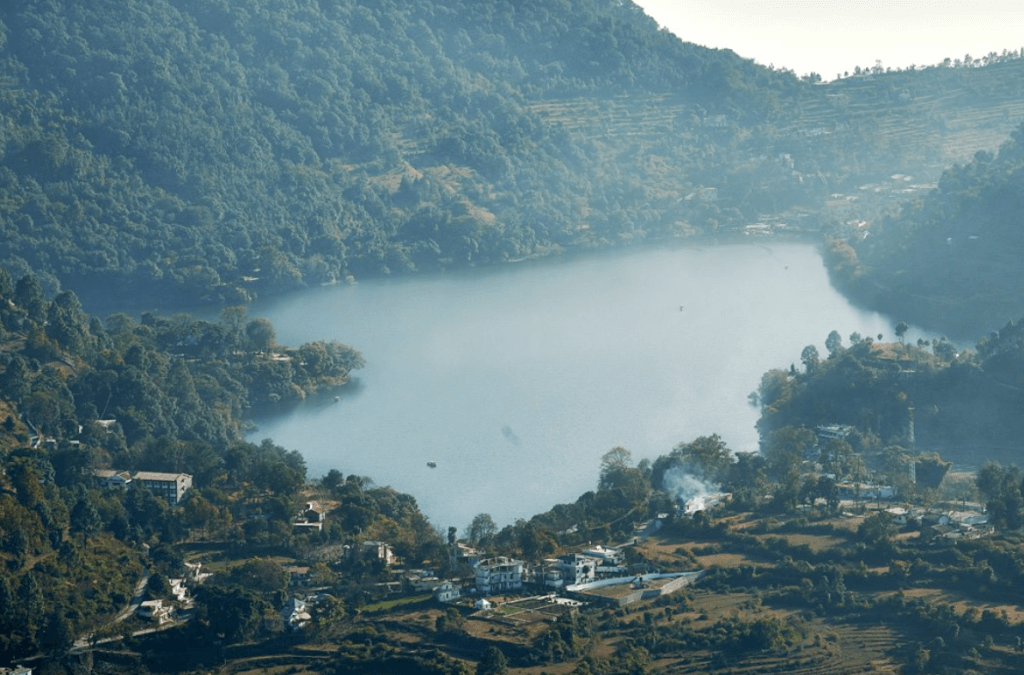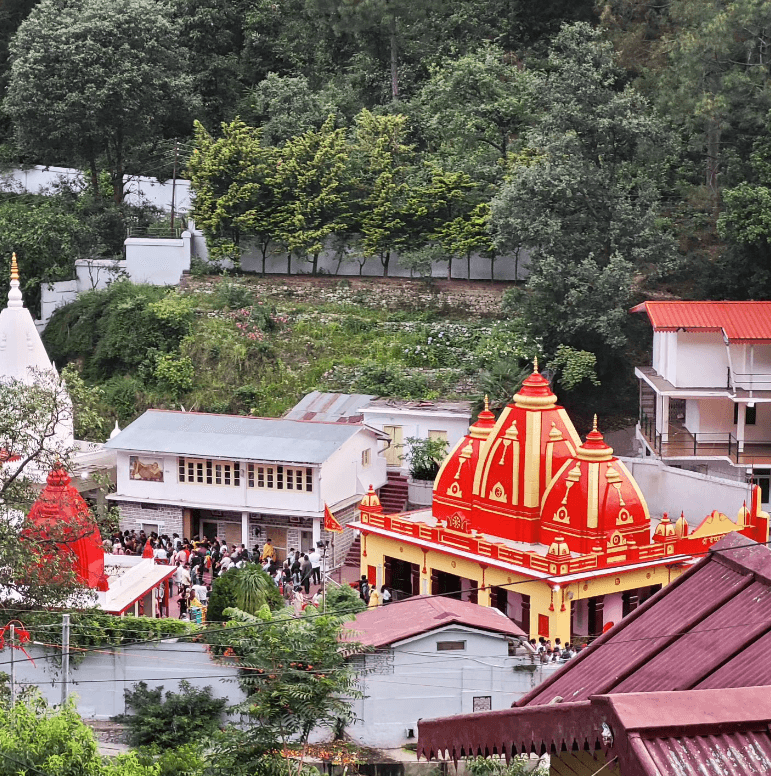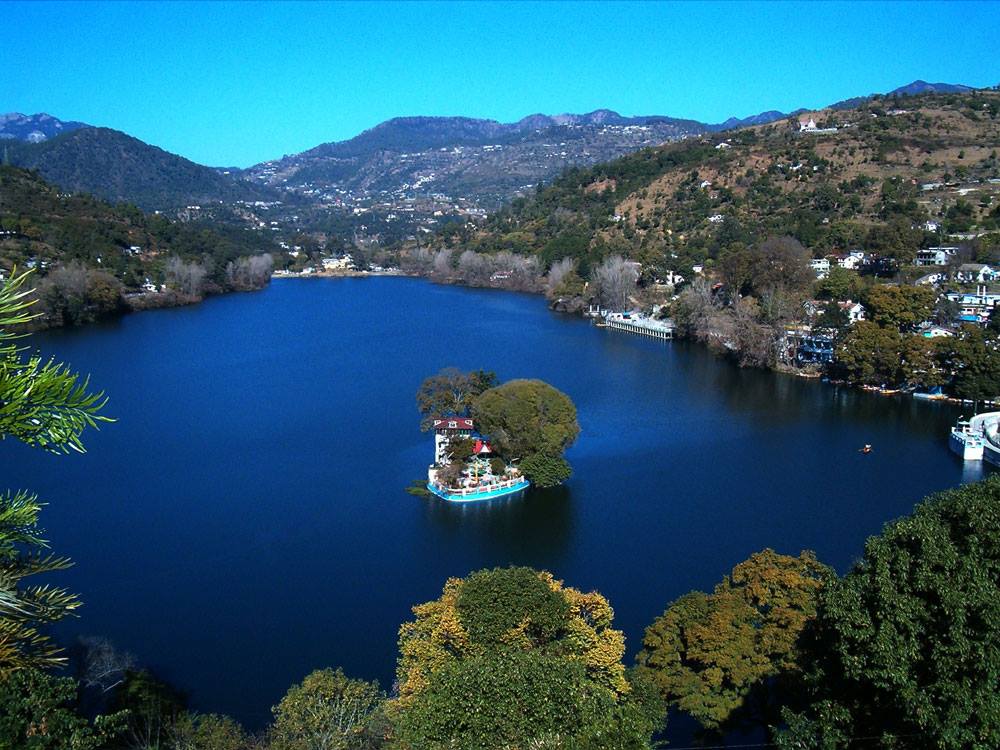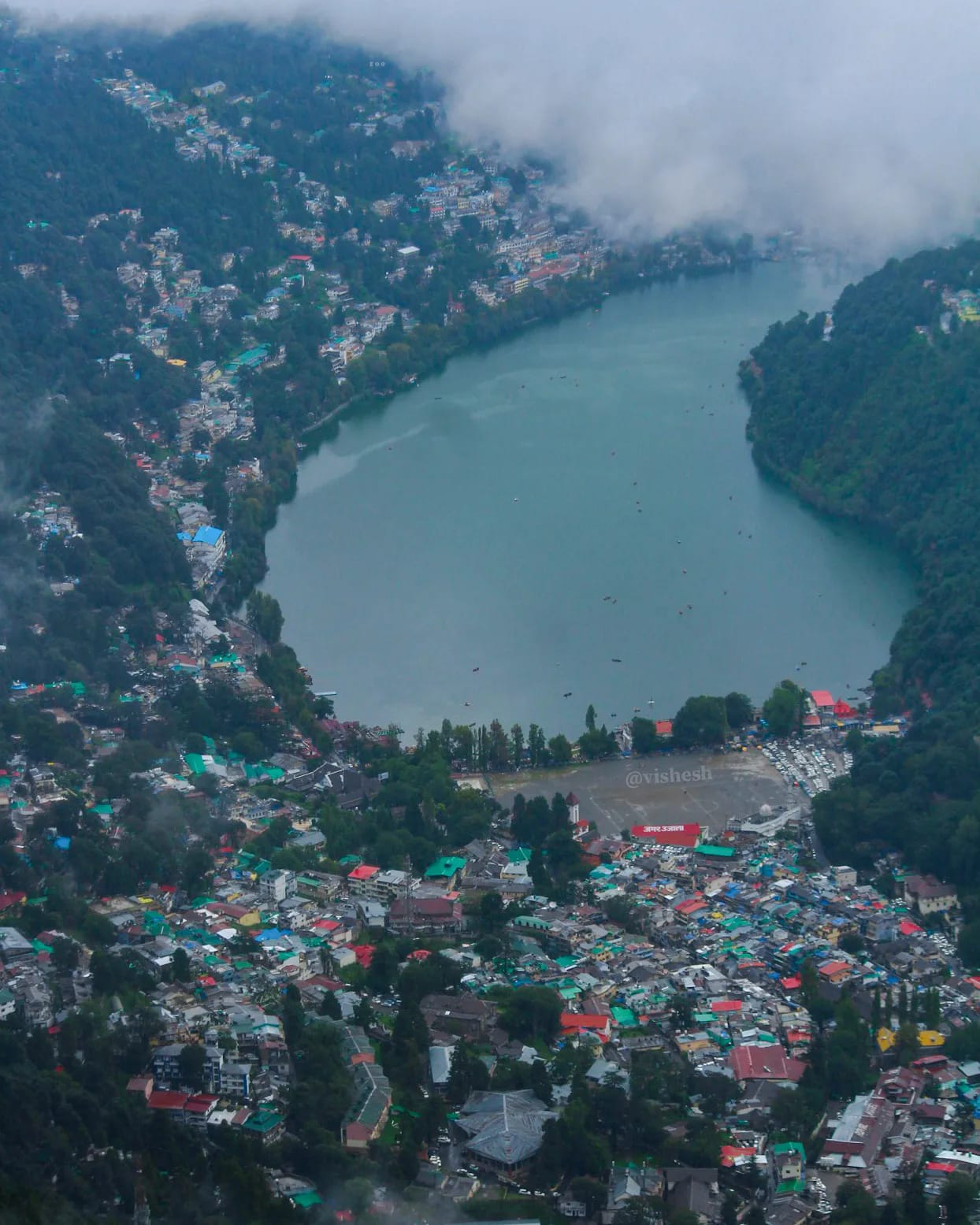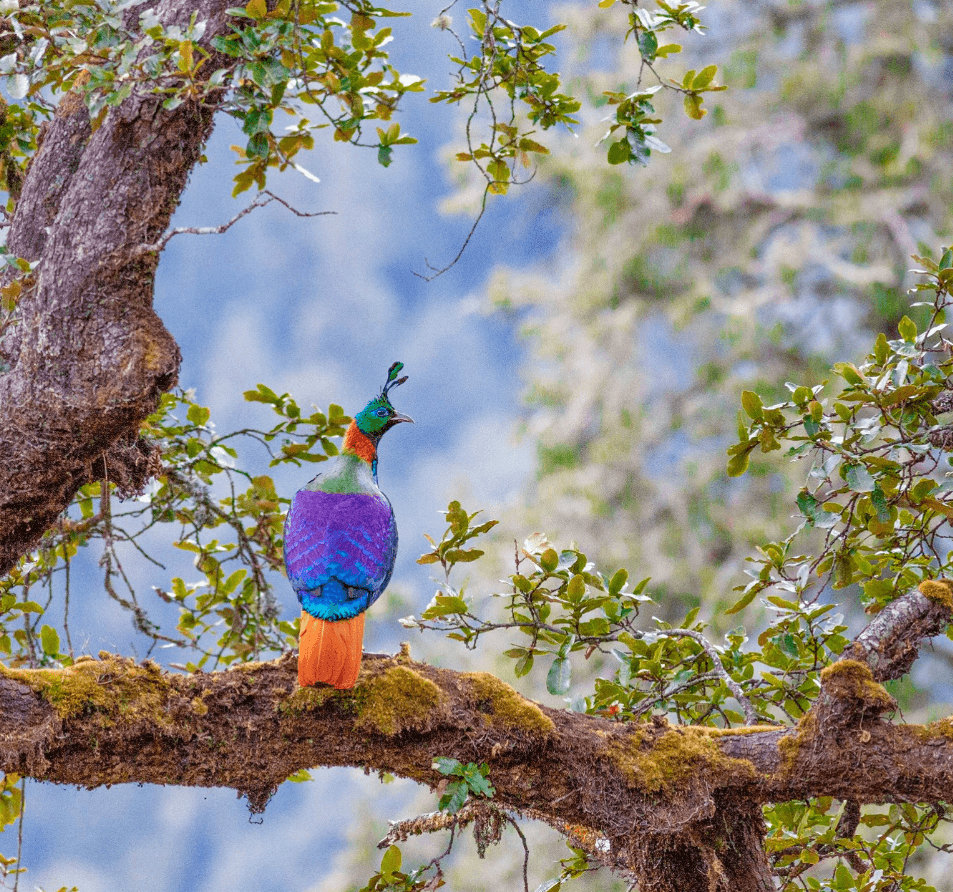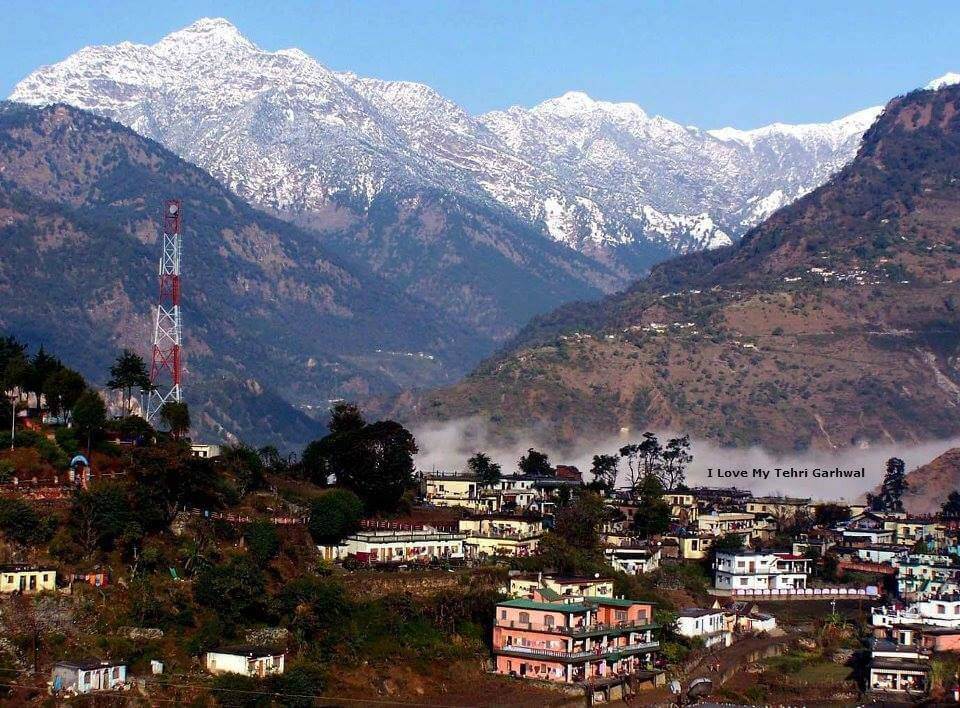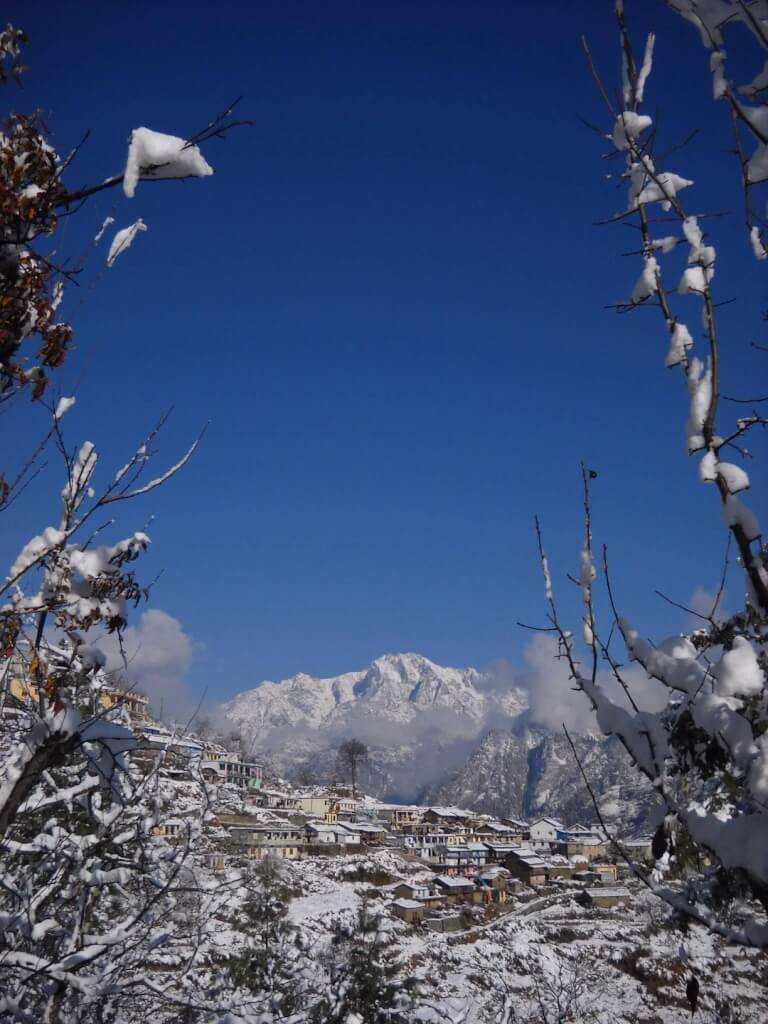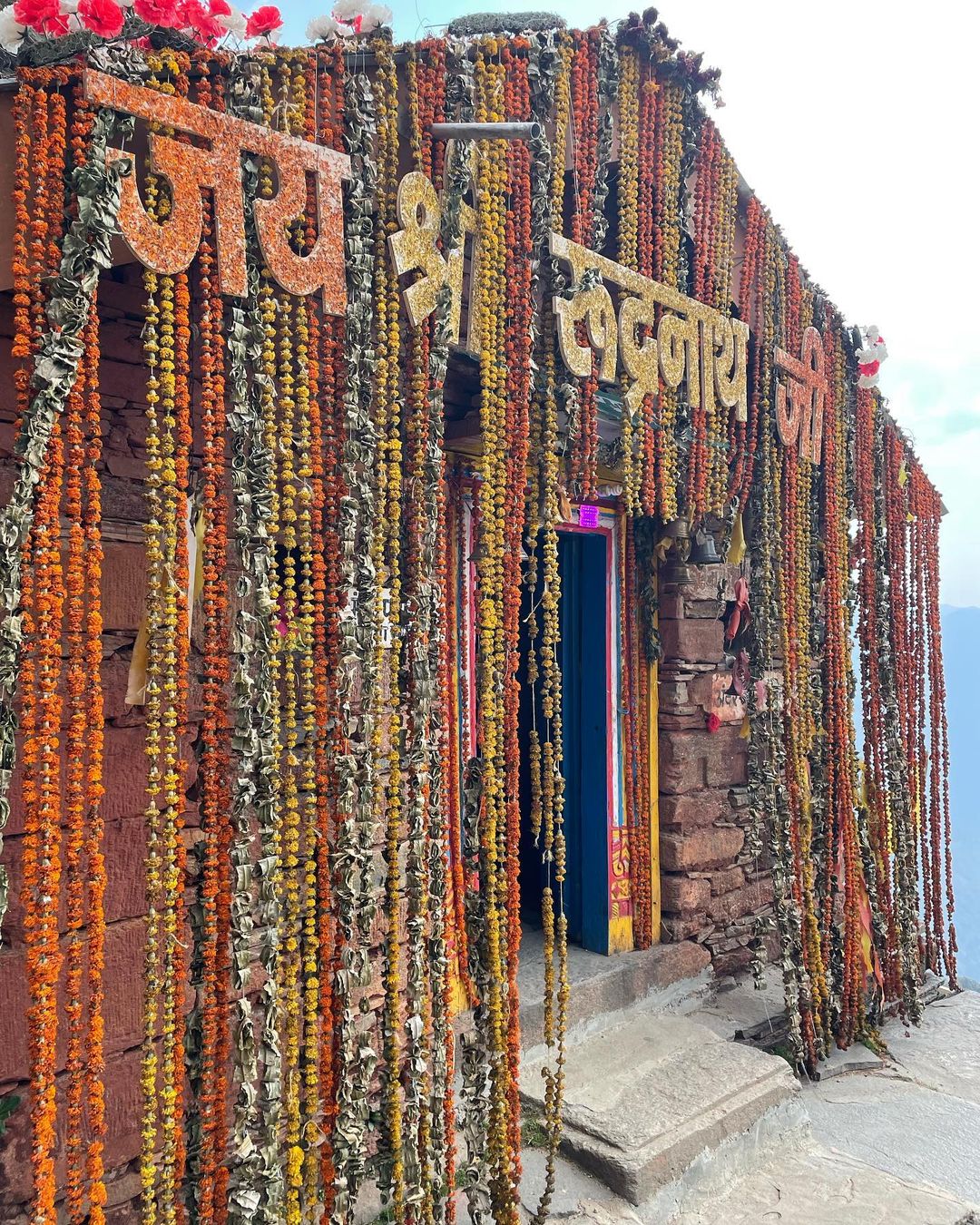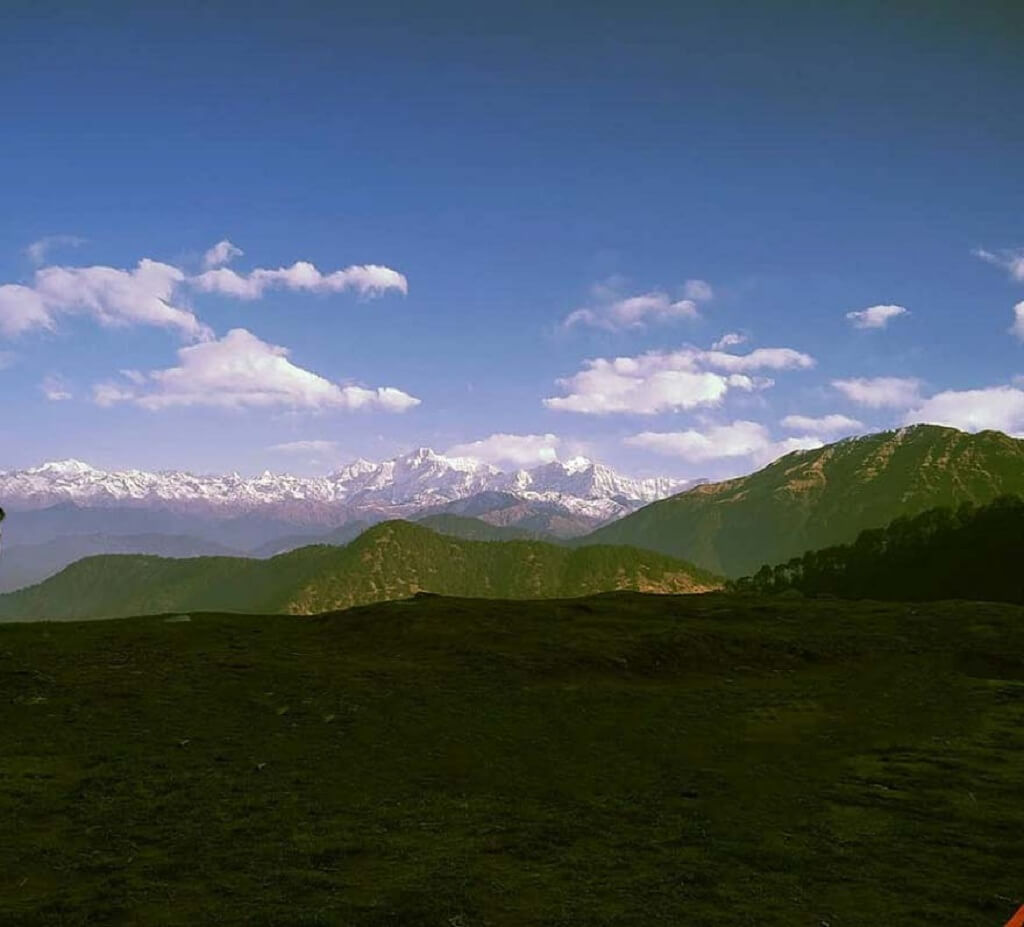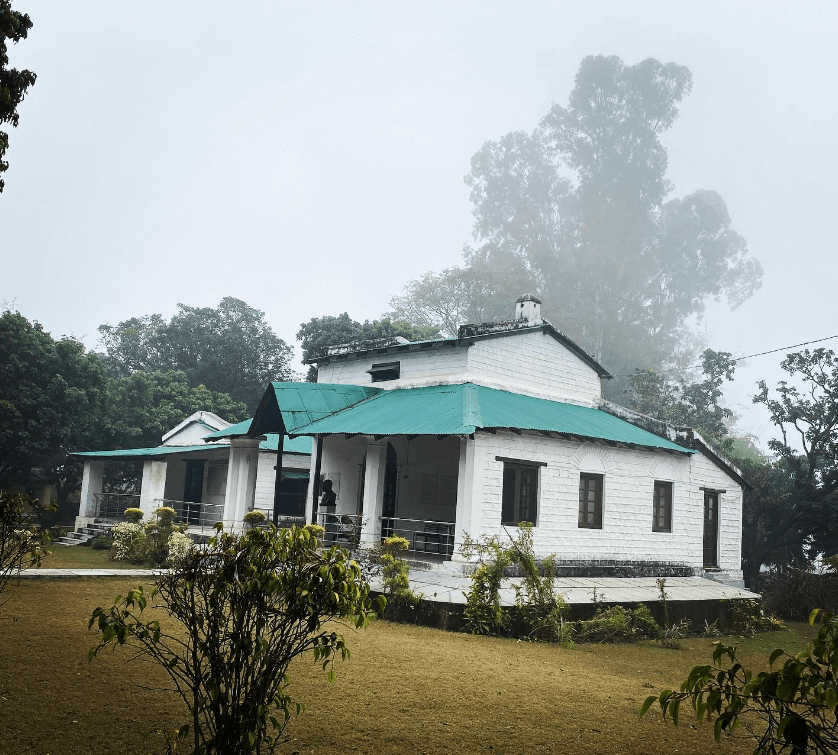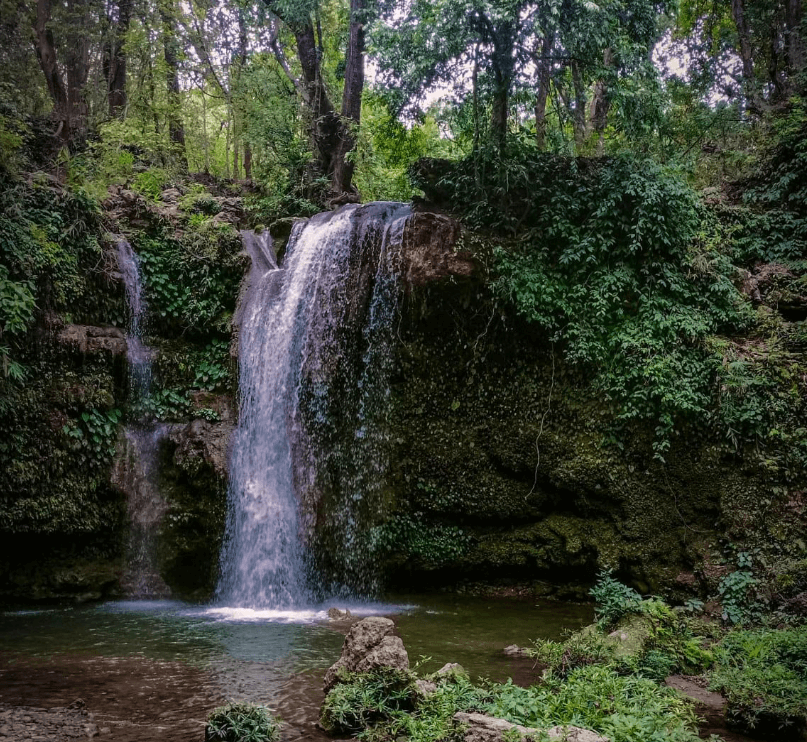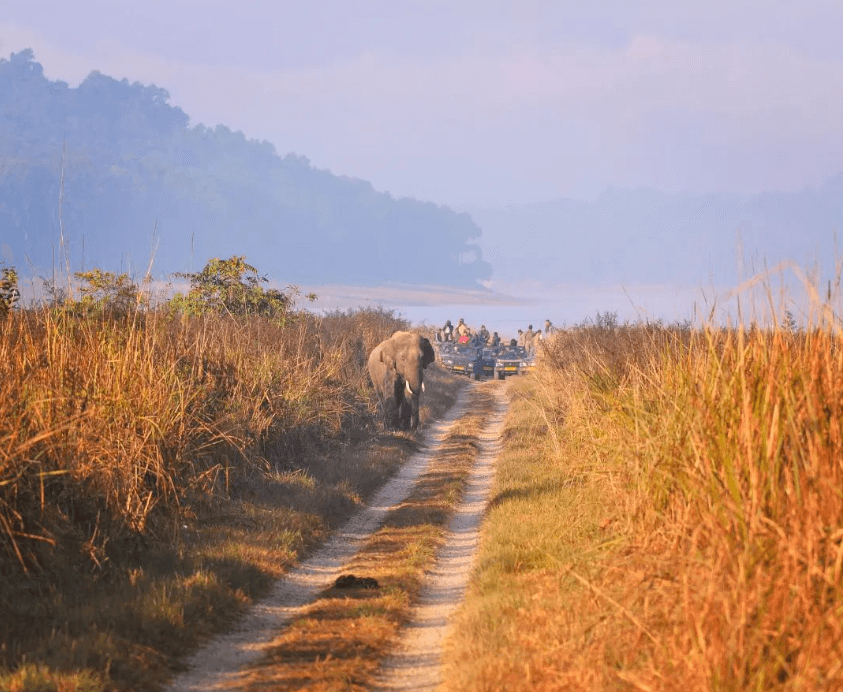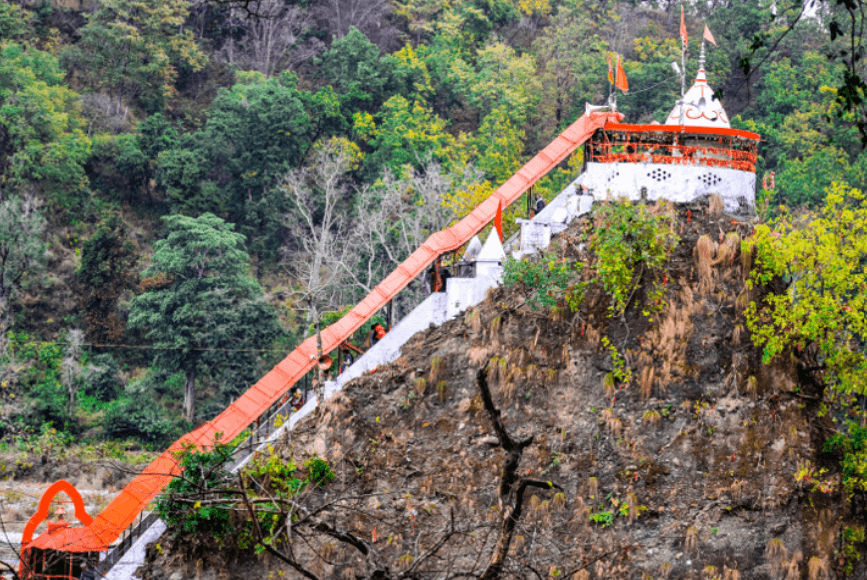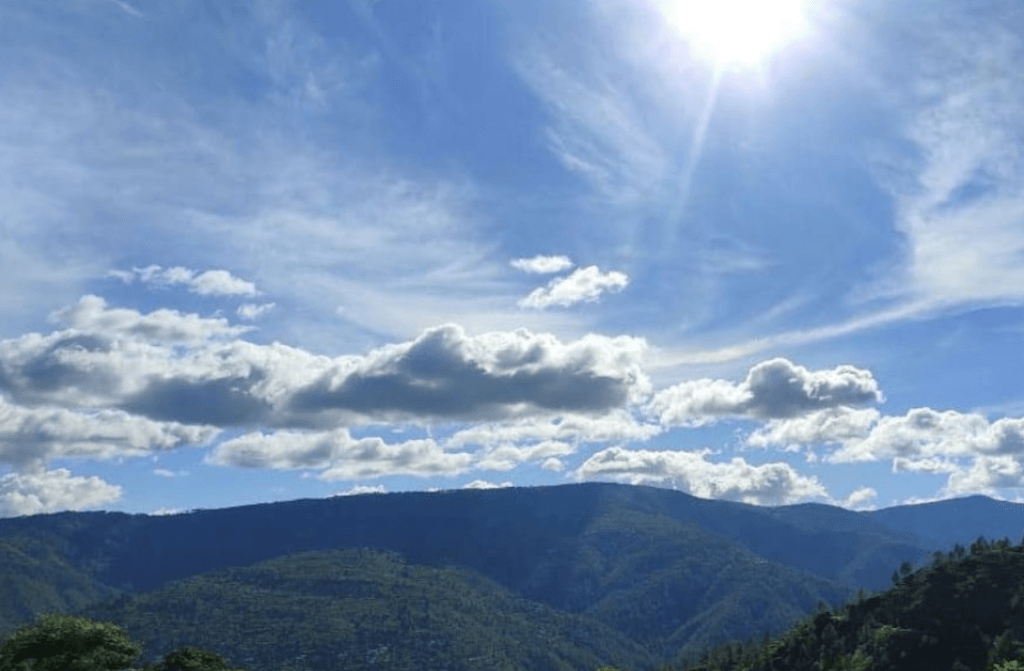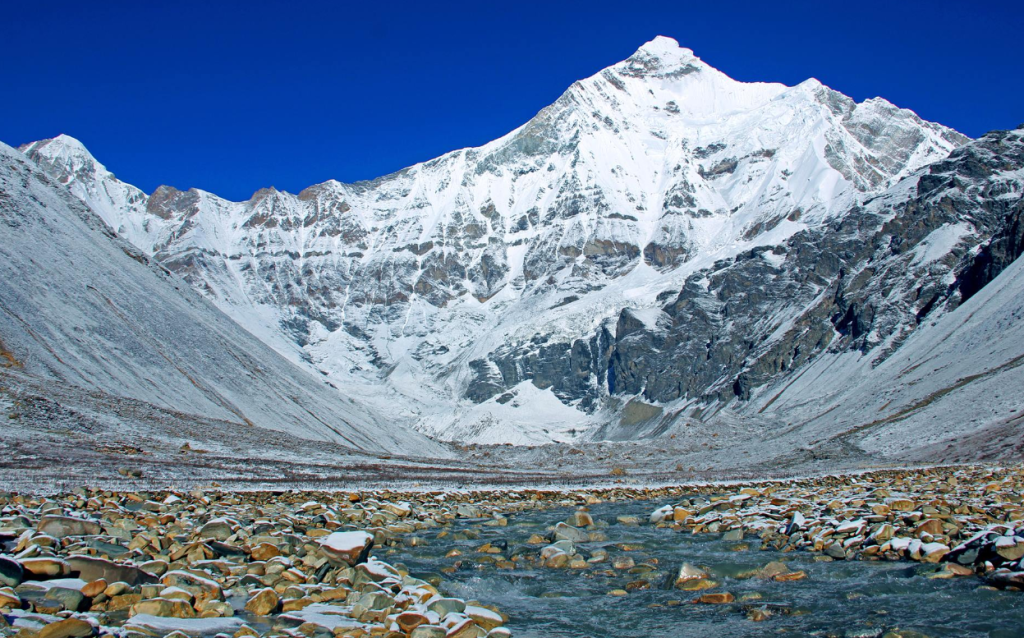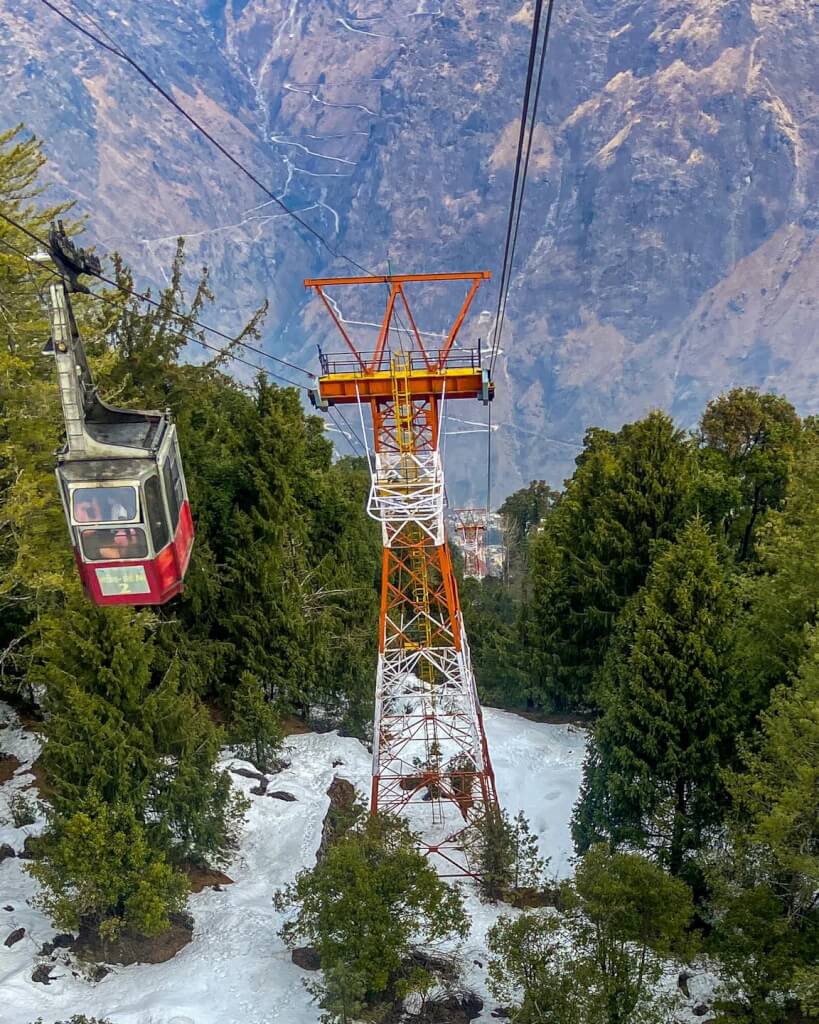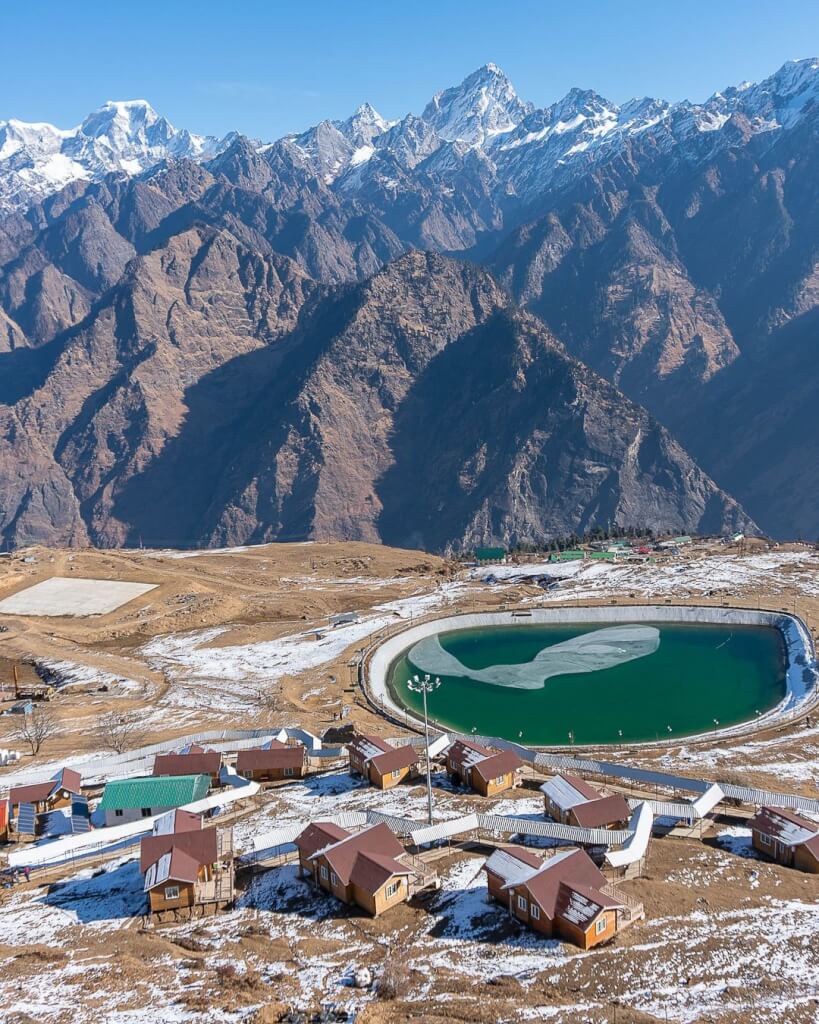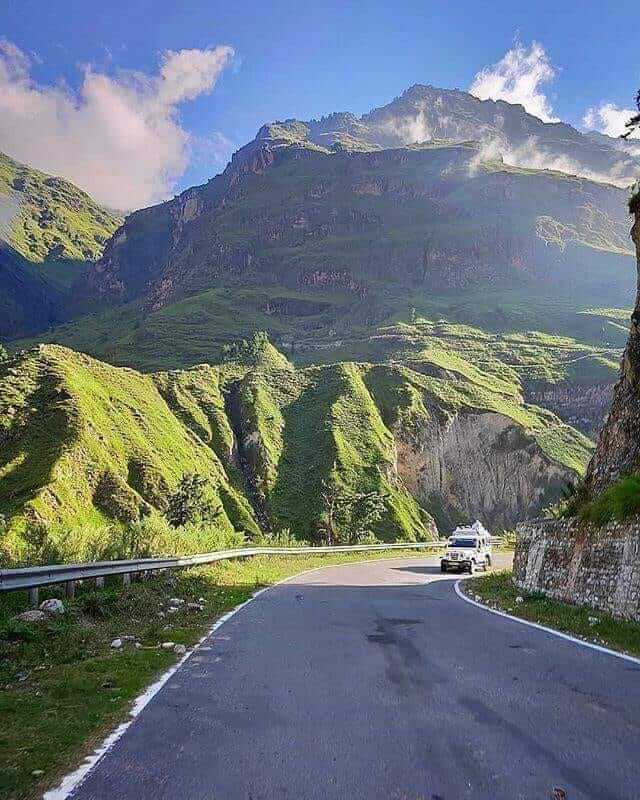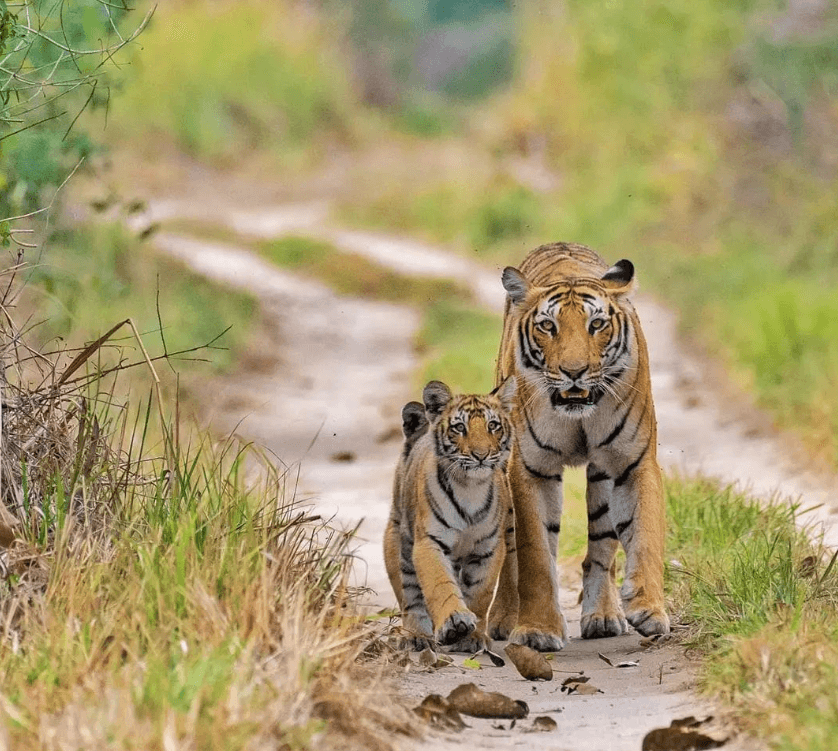Binsar is a picturesque hill station and wildlife sanctuary located in the Kumaon region of Uttarakhand, India. Situated amidst dense forests in the Himalayas, Binsar offers breathtaking views of the snow-capped peaks like Nanda Devi, Trishul, and Panchachuli.
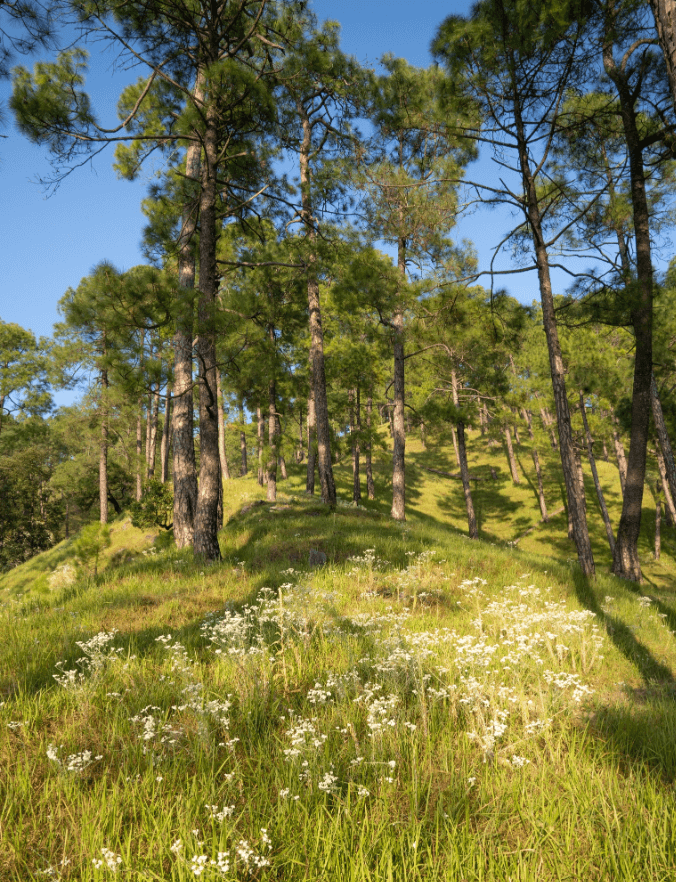
Some Key Points About Binsar
It is renowned for its natural beauty, panoramic views of the Himalayas, and rich biodiversity. Here are some key points about Binsar:
Location: Binsar is situated about 33 kilometers north of the popular hill station of Almora. It is nestled amidst dense forests and offers stunning vistas of the surrounding mountains, including Nanda Devi, Trishul, and Panchachuli.
Binsar Wildlife Sanctuary: The Binsar Wildlife Sanctuary, established in 1988, is the major attraction of the region. Spanning over an area of around 47 square kilometers, it is home to a diverse range of flora and fauna, including oak, rhododendron, pine forests, leopard, deer, black bear, and numerous bird species.
Trekking and Nature Trails: Binsar offers several trekking routes and nature trails, making it a paradise for adventure enthusiasts and nature lovers. The treks lead through dense forests, meadows, and ridges, offering breathtaking views of the Himalayas.
Binsar Mahadev Temple: At the summit of Binsar, there is an ancient temple dedicated to Lord Shiva called the Binsar Mahadev Temple. It is believed to have been constructed over 1000 years ago and holds significant religious importance for the locals.
Weather: The weather in Binsar remains pleasant throughout the year, with cool summers and chilly winters. The best time to visit is from March to June and September to November when the weather is mild and ideal for outdoor activities.
Overall, Binsar is a serene and tranquil destination, perfect for those seeking solace in the lap of nature or looking to explore the rich biodiversity of the Himalayan region.
Activities In Binsar
Trekking: Binsar offers several trekking trails that cater to various difficulty levels. Trekking enthusiasts can explore trails like the Binsar Zero Point Trek, Pindari Glacier Trek, and Binsar-Mahadev Trek, among others.
Bird Watching: With its diverse avifauna, Binsar is a paradise for bird watchers. Bring your binoculars and camera to spot numerous bird species, including the Himalayan monal, koklass pheasant, and more.
Photography: Binsar offers breathtaking views of the Himalayan peaks like Nanda Devi, Trishul, and Panchachuli. Capture the stunning landscapes, lush forests, and unique wildlife through your lens.
Nature Walks: Take leisurely strolls amidst the tranquil surroundings of Binsar. Walk through the dense forests, listen to the chirping of birds, and breathe in the fresh mountain air.
Village Walks: Explore the nearby villages and interact with the locals to get a glimpse of their traditional lifestyle, culture, and customs.
Picnicking: Enjoy a peaceful picnic amidst the scenic beauty of Binsar. Pack a picnic basket with snacks and refreshments and spend a relaxing day surrounded by nature.
Visit Temples: Explore the ancient temples in and around Binsar, such as the Binsar Mahadev Temple and Jageshwar Dham, known for their architectural beauty and religious significance.
Camping: Experience the thrill of camping under the starlit sky in Binsar. Several campsites offer tent accommodation amidst the picturesque surroundings, allowing you to connect with nature in a unique way.
Near Place to Visit
How To Reach Sankri
Sankri is a picturesque village located in the Uttarkashi district of the Indian state of Uttarakhand. It serves as a…
Chitai Golu Devta Temple
Golu Devta is a deity worshipped in the Kumaon region of Uttarakhand. The Chitai Golu Devta Temple is dedicated to…
Binsar Binsar Wildlife Sanctuary
Binsar is a picturesque hill station and wildlife sanctuary located in the Kumaon region of Uttarakhand, India. It’s renowned for…
How To Reach Binsar
By Road
Binsar is well-connected by road to major cities like Delhi, Dehradun, and Nainital. You can drive your own vehicle or hire a taxi from these cities. Binsar is about 400 kilometers away from Delhi and takes around 10-12 hours by road.
By Train
The nearest major railway station is Kathgodam, which is about 120 kilometers away from Binsar. From Kathgodam, you can take a taxi or a bus to reach Binsar.
By Air
The nearest airport to Binsar is Pantnagar Airport (IATA: PGH), which is approximately 150 kilometers away. From there, you can hire a taxi or use public transport to reach Binsar.

